Thinking about the coldest countries in the world gives you the chills. But determining the coldest country depends on two main factors: its lowest temperature and how long it stays cold throughout the year. You’d be surprised to know that many countries stay way below zero for months on end.
Bear in mind that some countries might not be the coldest in general but have sections that surpass other naturally cold countries, for instance, Canada and Sweden, which both have harsher areas than some other countries. Others (like the United States) even fall on both the hottest and coldest rankings.
Let’s delve into this frigid list and see who tops the chart for the coldest countries on earth.
Table of Contents
1. Russia
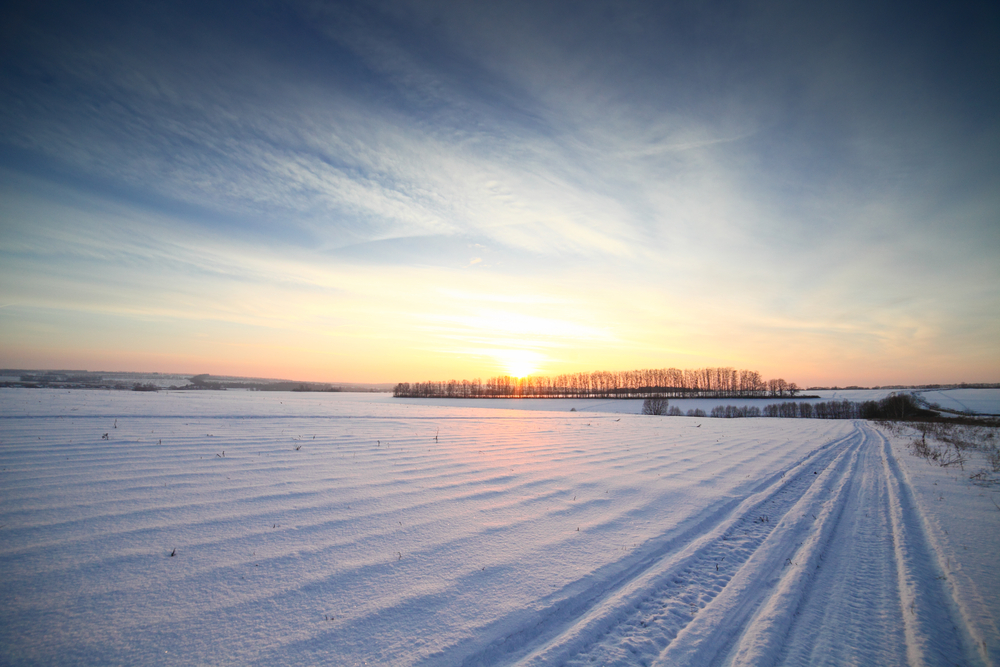
If you want to feel cold, go to Oymyakon, Siberia, where they recorded a bone-chilling minus 90 degrees Fahrenheit (minus 68 degrees Celsius) in February 1933. Only Verkhoyansk, Siberia, has ever tied with this record, back on February 7, 1892.
The residents of Oymyakon have learned to adapt to the cold: the town’s single school closes only when the temperature drops below minus 61.6 degrees Fahrenheit (minus 52 degrees Celsius).
According to reports from the National Oceanic and Atmospheric Administration’s (NOAA), Siberia is a breeding ground for frigid temperatures due to its long winter nights, an abundance of snow, and location deep in Russia’s interior, away from any body of water that might have a moderating effect on its weather.
2. Canada
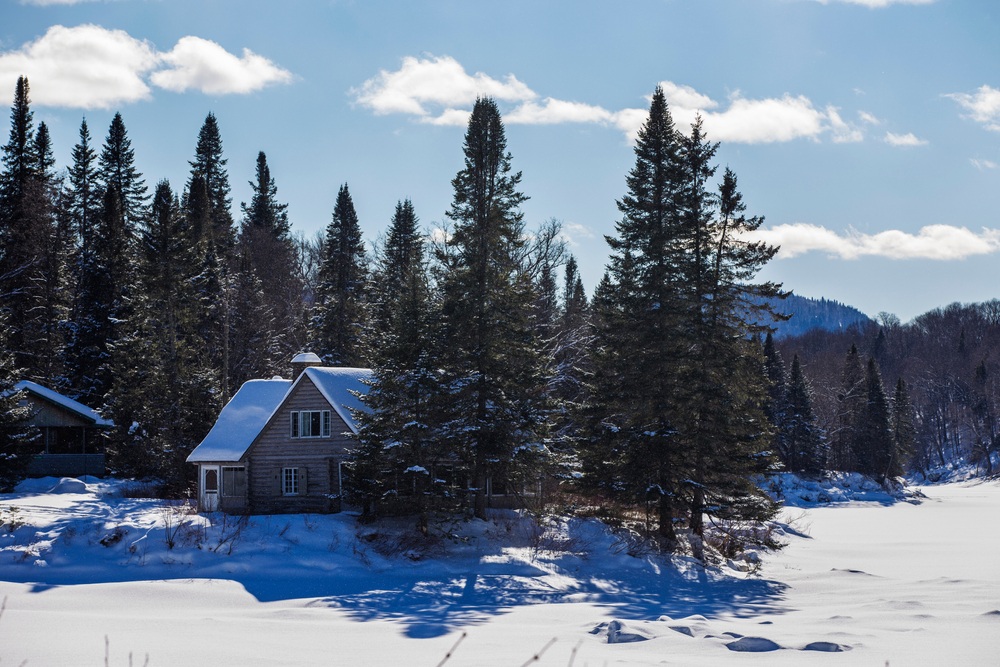
Canada, located in North America, is one of the world’s coldest countries. Although some regions of the country have comparatively warm summers, don’t be deceived; temperatures in some parts of Canada are below freezing throughout the winter. Winds can be strong, and temperatures can drop as low as -40 degrees Celsius.
Temperatures in the northern portion of the country range from 15 degrees Celsius in the summer to well below -40 degrees Celsius in the winter. Despite its location in the far north, Canada boasts abundant flora and lakes, unlike its frozen neighbor, Greenland.
3. The United States of America

Although not all of the country’s areas have the same temperature, the United States is considered one of the world’s coldest countries. Yes, states like Florida and Texas are warm and attract sunbathers, yet some states can be quite frigid to live in.
The United States of America is the world’s third-largest country by land area, stretching from the Pacific Ocean in the west to the Atlantic in the East. As a result, it’s no surprise that the country’s geography and climate are so diverse. The temperature in the north, predictably, is significantly colder, especially in Alaska.
Alaska has a climate that is remarkably similar to that of the North Pole. The Fairbanks area has the coldest temperature, with -51°C (-60°F) as the lowest recorded temperature. Other places that feature extreme cold, besides Alaska, are Stanley, Idaho, and Crested Butte, Colorado, where temperatures often drop and stay well below zero.
4. Kazakhstan
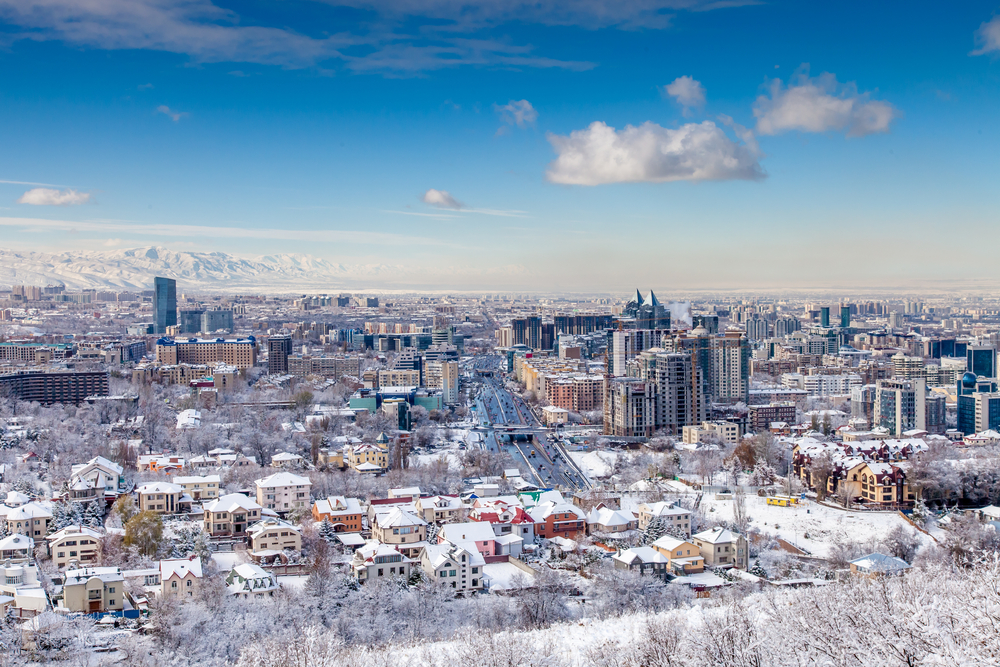
Kazakhstan is a former Soviet republic and a close neighbor of Russia. Mountain ranges, hills, and plateaus cover much of Kazakhstan. The entire region is reasonably cold even when you’re not in the mountains where icy winds are a constant.
Additionally, there is a significant amount of snow to contend with as well as heavy rains. The country’s capital, Astana, has an average winter temperature of -30°C to -35°C (-22°F to -31°F). Usually, the river in the city freezes between November and April.
5. Greenland

Do you want to witness a contradiction? Take a look at Greenland. Despite its name, a substantial portion is continuously covered in ice, making it one of the world’s coldest countries. Because it is more white than green, this country’s proper name should be Whiteland or Iceland.
Greenland is one of the countries with the longest coastlines in the world. The capital Nuuk’s average daily temperature varies from -8° C (18° F) in February to 7° C (45° F) in July. If you compare this to the rest of the country, you’ll notice that this area has a relatively warm climate, which explains why it’s one of the most populous.
During the winter, other parts of Greenland experience temperatures as low as -50° C (-58°F). You have to become acclimated to the cold in that area to survive it, and even then, it isn’t easy.
6. Norway

Norway is a Scandinavian country, high on the crest of Europe. Because it is so close to the North Pole, one would expect the locals to freeze to death, but because of the North Atlantic Current, the climate is pleasantly mild.
One branch of this current, which runs around the west coast of Spitsbergen, affects the Arctic polar climate. Finnmarksvidda in central Norway has the coldest winters, but it is not the coldest place in Norway; the coldest temperature ever recorded in the country was at Karasjok in the far northeastern section.
Meteorologists measured it at -51.2°C (-60.2°F) in January 1999. However, there are many unofficial reports that it is significantly colder.
In general, Norway is a stunning country populated by cultured people who enjoy a stable economy and all of life’s pleasures. Every year, a large number of hikers and winter sports enthusiasts go to Norway.
7. Iceland
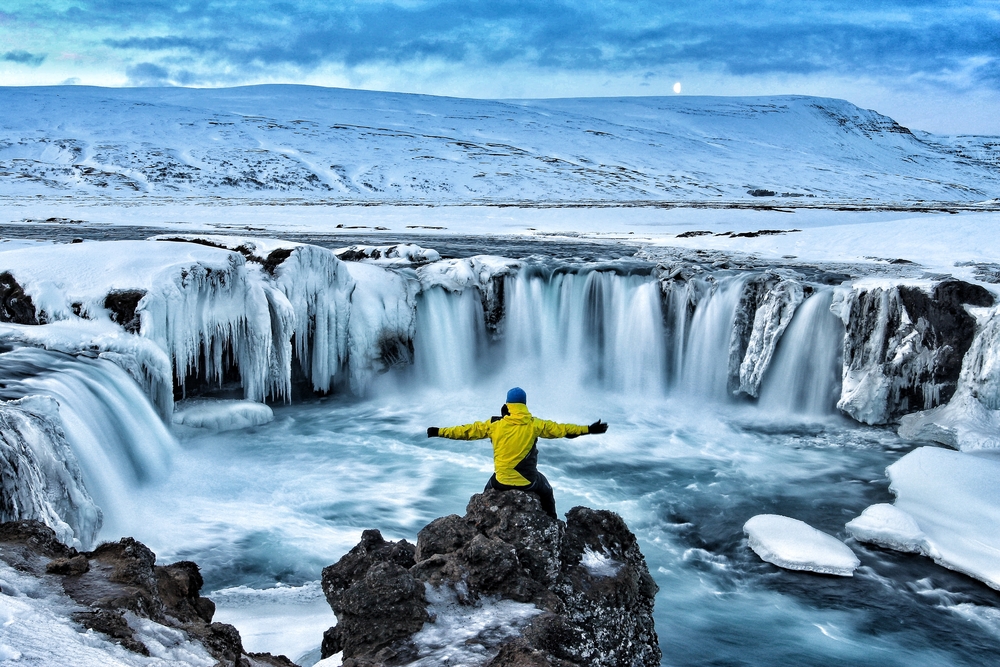
Iceland is not as ice-covered as you might think. Yes, there are mountains covered in snow, but there are also temperate zones. Iceland does not have as hard a winter as some other nations on the same latitude; the country benefits from the North Atlantic Current, which keeps parts of the region more temperate.
In the winter, the average temperature in Iceland’s Highlands is around -10°C (14°F). However, you can find temperatures as low as -30° C (-22°F) further north. Iceland is one of the best spots to see the aurora borealis, also known as the northern lights.
Iceland’s temperatures can quickly drop to minus 10 degrees or below, making it one of the world’s coldest places. The northern portions of Iceland have year-round sub-zero temperatures, yet the country’s moist air makes the climate more conducive to plant development than its neighbor, Greenland. Nature lovers regard the Vatnajokull Glacier Cave as one of the world’s most spectacular caverns.
8. Finland

Finland is one of the world’s most remote countries, as well as one of Europe’s most sparsely populated. It is not the coldest, but it does have one of the longest winters and the most challenging weather. Imagine a year with 200 days of winter – that’s how cold it is in Finland’s Lapland region.
During the winter, the northernmost section of Finland does not see the sun for 51 days, and temperatures in Lapland can reach -45°C (-49°F), making Finland one of the world’s coldest countries.
The aurora borealis, often known as the northern lights, is a natural phenomenon in the country. Because of the constant presence of snow, the Finns have left an indelible impact on the Winter Olympic Games, winning some of the most medals globally.
9. Estonia

Estonia is a small country in Northern Europe with a population of just over a million people. Although the country can be hot in the summer, the country’s irregular rains can cause temperatures to drop at any time of year.
Due to the monsoon winds, temperatures frequently drop below zero, making the location exceedingly chilly. February is the coldest month, with an average temperature of -5.7°C (21.7°F). Minus 43.5°C (-46.3°F) is the lowest temperature ever recorded.
Because of its low cost, stunning medieval buildings, and thick pine forests, Estonia is one of Europe’s most popular tourist destinations.
10. Mongolia

Mongolia, situated in Central Asia, is surrounded by mountain ranges, which makes its climate considerably cold.
The high peaks halt the cold winds flowing in from the north, resulting in a considerable amount of snowfall throughout the country and temperatures that can quickly drop to minus twenty degrees in the winter.
Mongolia is home to several nomadic tribes, most of which dwell in the mountains. They have adapted their lifestyles to the country’s harsh temperatures and flourish in this frigid climate.
11. Belarus
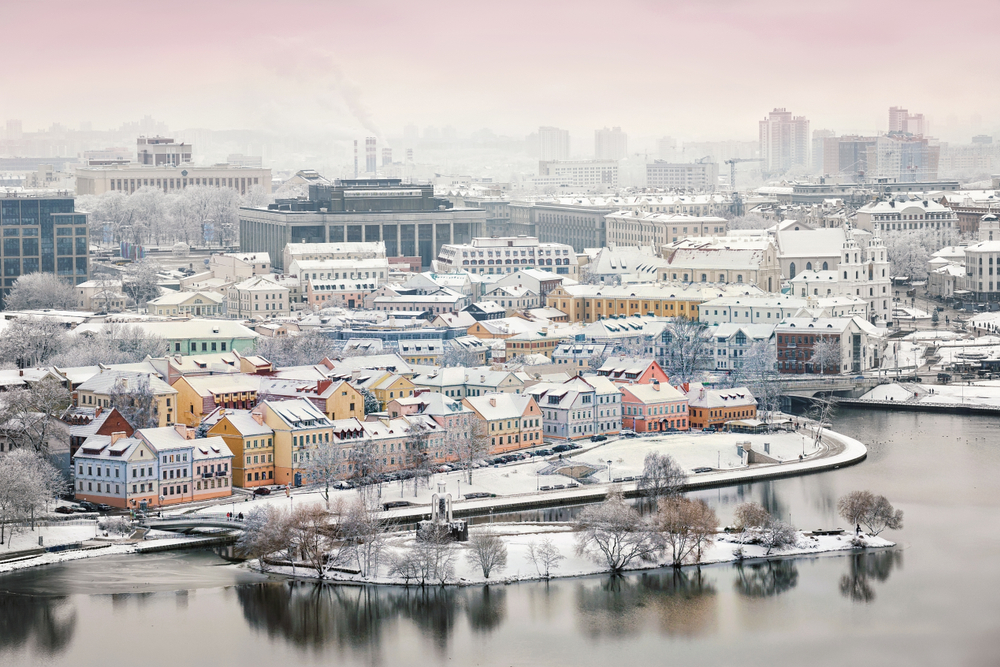
Belarus is renowned for its continental climate, with exceptionally harsh winters and relatively mild summers. The coldest time in the country is when the Siberian Anti Cyclone arrives, and the temperature lowers to minus 30–40° C.
Belarus also sees a lot of snowfall throughout the winter season, which lasts from December to early March.
12. Sweden

Sweden has a similar climate to the rest of Europe, yet it is one of the coldest countries in the world during the winter. The Gulf Stream and a hot, clear stream running off Norway’s west coast have influenced the countries’ different climates.
Each of the four seasons (spring, summer, fall, and winter) varies drastically from north to south. However, in Sweden’s northern Lapland region, the lowest temperature recorded was -49.4 degrees Celsius (-56.9 degrees Fahrenheit).
13. Denmark

Compared to the world’s coldest countries, Denmark is a reasonably warm one. This is due to the presence of warm South American ocean currents that travel toward the country.
Don’t be fooled, however, as its temperatures are still frigid. Denmark experienced its coldest temperature ever recorded at -31.2 ° C in January 1982, as per the Denmark Meteorology Institute. This record makes it one of the globe’s coldest locations.
14. Latvia

Winters in Latvia are chilly and dark with frequent snowfall during the winter. Latvia’s lowest recorded temperature was -43.2 ° C, according to Viborg.
January and February are the coldest months in the country, with average temperatures ranging from -4.6 to -4.7 degrees Celsius. Latvia also receives 667 mm of rain each year, making the shoulder seasons a bit chilly also.
15. Austria

Austria, nestled in the European core, has a temperate climate. Substantial and small mountainous regions, hills, and lowlands make up Austria’s scenery.
Geographic factors in the country’s more mountainous parts mean that the Alpine region’s weather is much colder than its lower elevations.
The average temperature drops to 41 degrees Fahrenheit (5 degrees Celsius) for every 985 feet (300 meters) of elevation. The Grossglockner is the country’s highest peak (3,797m or 12,457 ft) with temperatures at its summit reaching an all-time low of -24 degrees Celsius (-11.2 degrees Fahrenheit). Be warned that regardless of the season, the weather can change suddenly and significantly if you’re at a high altitude.
16. Switzerland
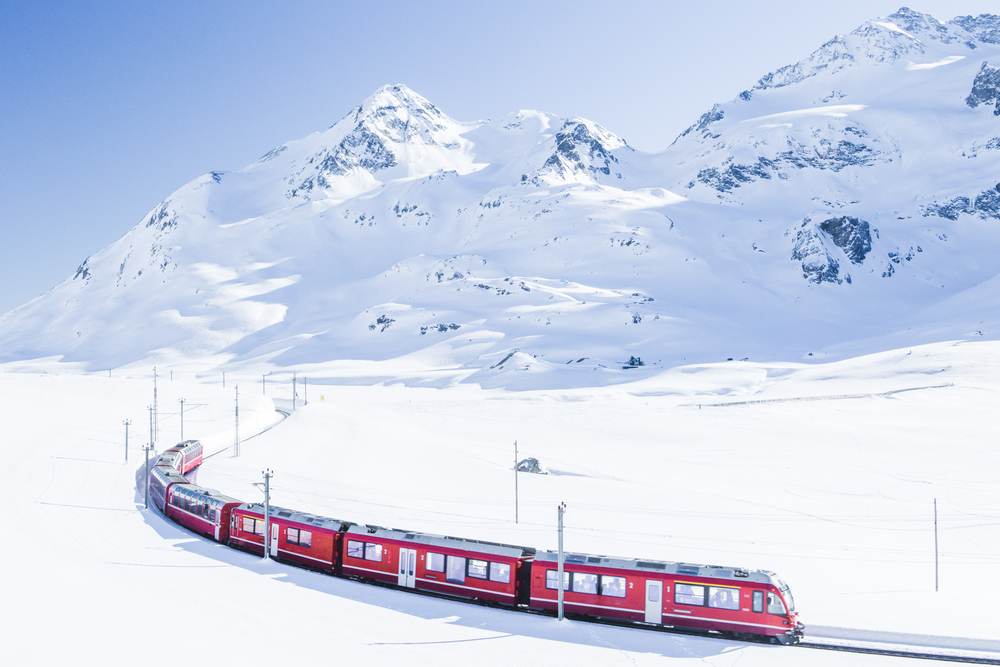
Switzerland lies between 45 and 47 degrees north of the equator. With elevations ranging from 193 meters to 4634 meters, the country is hilly and mountainous. The three primary geographical regions are the Swiss Plateau or Central Plateau in the north, the Jura Mountains in the northwest, and the Alps in the south.
Winters are colder and less humid than the summers, and between December and March, the weather is bitterly cold. The average temperature in the plateau region is 8.9°C (48°F), and in the winter, the Jura and the Alps are snowy and icy.
The Central Plateau still gets snow in the spring, and the Alps even get snow in the early summer. The climate is not strictly predictable, and the weather is highly irregular and varies from year to year. The Fohn winds blow all year long and bring the heat with them, and the frigid Bise winds, which blow from the northeast, are most common in the winter and spring. The wettest areas of the country include the High Alps and Ticino’s southernmost canton.
17. Ukraine

Except in the most sheltered sections of Crimea, winter in Ukraine is bitterly cold, with average temperatures below freezing. The temperature rises a few degrees as you travel south, although it remains below freezing in most inland places.
About 80 days of the year, a blanket of snow covers Kyiv, and the country is at its coldest when the Siberian Anticyclone settles in the country; temperatures might dip to -30 °C (-22 °F) or even lower during these times.
Over the previous few decades, the average winter temperature has risen a few degrees, especially in the interior. In any case, severe cold spells are still possible, albeit they are less common and likely to be shorter than in the past.
18. Lithuania

Lithuania’s climatic condition is semi-continental, including freezing winters and gentle, relatively rainy summers. It is a flat region with a panoramic view of the Baltic Sea.
The average temperature on the coast in January and February is slightly below freezing, and in July and August, it is around 18 °C (64 °F). As is typical, inland locations have slightly lower winter temperatures and somewhat higher summer temperatures.
Precipitation is common in Lithuania throughout the year, but there is relatively light between February and April, and it rains more on the coast than it does in the interior.
Winter is cold and dark, with temperatures frequently falling below freezing, and the landscape is typically blanketed with snow from December to mid-March.
The temperature gradually drops in the interior in January and February, with daily averages of around -1 degree Celsius (30 °F) on the coast (Klaipeda), slightly lower in the central area (Kaunas), and even lower in the east, where it reaches -3.5 °C (25.5 °C) in Vilnius, Lithuania’s coldest city.
19. China

With Siberian winds blowing in from the north, northern China suffers temperatures far below freezing in its cold season, while winds from the south can bring steaming hot temperatures in the summer.
January is the coldest month in places like Beijing, but notably colder farther north in places like Harbin (which is famed for the Harbin Ice and Snow Festival).
Harbin’s average high temperature in January is -13°C (8°F), and its average low temperature is -25°C (-13°F).
20. Nepal

Summers in northern Nepal are temperate and winters are harsh, while summers in the south are pretty hot and winters are moderate to chilly. Spring, summer, monsoon, autumn, and winter are the five seasons in Nepal.
Summer temperatures in the Tarai (southern Nepal) exceed 40° C and reach 45° C in some regions, while winter temperatures vary from 7°C to 23°C. Summers in the mountainous areas, hills, and valleys are mild. However, winter temperatures might drop below zero. The Kathmandu Valley has a pleasant climate, with typical summer temperatures ranging from 20°C to 35°C and winter temperatures ranging from 2°C to 12°C.
For every 1,000 meters of altitude rise in Nepal, the average temperature drops by 6°C.
In the winter, the Himalayas operate as a barrier against the chilly winds from Central Asia, and they also serve as the northern edge for monsoon rains. Manang and Mustang, for example, are typically dry because they are in the rain shadow behind the mountains. During the monsoon season, Nepal receives 80% of its annual rainfall (June–September). On the western slopes, the winter rains are often heavier.
21. Armenia
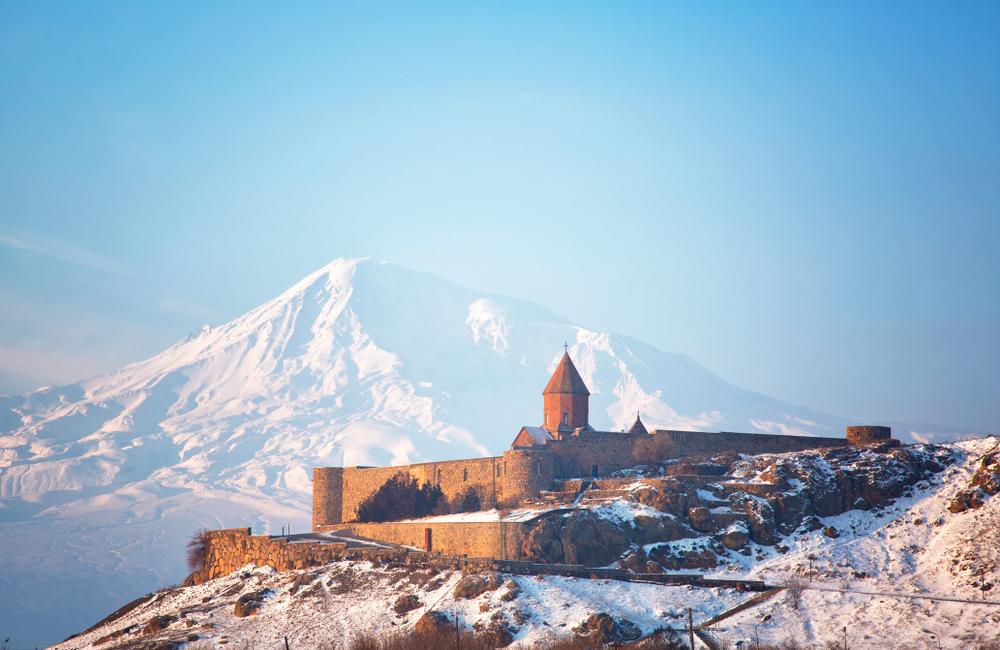
Armenia is quite a sunny country, and the weather is highland continental with four seasons and a dry climate. Temperatures can change dramatically from season to season, and summers are generally lovely, reaching an average of 25°C in most regions and 40° in the Ararat valley.
Temperatures in Yerevan can drop to -5°C in the winter and even lower in the Ararat Valley (-30°C) and the Lake Arpi area (-46°C). The annual rainfall for the region is 550 mm.
Lightweight cotton clothing with rainwear for sudden cloudbursts is recommended in the summer, while you’ll want to wear medium-to-heavyweight gear in the winter.
The climate of Armenia is classed as Dfb, a damp snow climate with the hottest months from 10°C and 40°C and the coldest month below -3°C, according to the Koeppen-Geiger categorization.
22. Liechtenstein
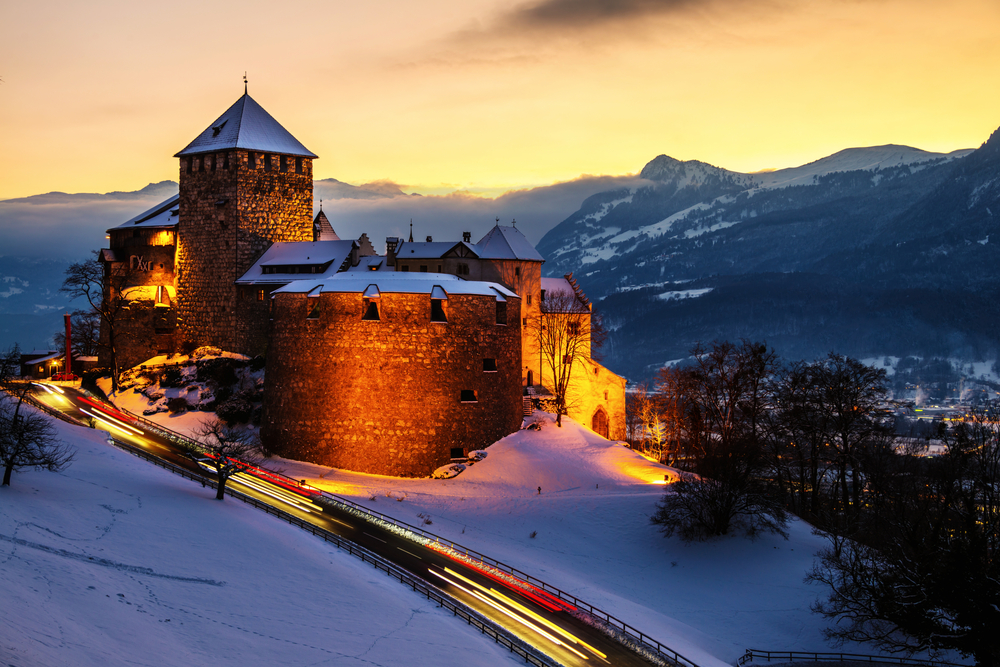
Although there are no severe frosts in the nation throughout the winter, it is rather cold as strong winds are present throughout almost the whole winter season.
The climate of Liechtenstein is temperate alpine, and summers are hot and humid, and winters are pleasant.
In January, the average monthly temperature is -1 degrees Celsius (28 degrees Fahrenheit), whereas, in July, the average monthly temperature is 21 degrees Celsius (69 degrees Fahrenheit).
The average annual precipitation is roughly 1,000 mm (39.3 inches) and is dispersed fairly evenly throughout the year. A warm, dry southerly wind frequently alters the environment.
23. Tajikistan

There are massive glaciers and snowfields in Tajikistan at high altitudes, and the driest and most desert-like places are east and southwest. In the winter, the mountainous areas (the Alaj-Turkestan range in the north, the Pamir in the east) have heavy snowfall.
Khujand (or Khodzhent) lies in the Fergana Valley, where the Syr Darya runs at 350 meters (1,150 feet) above sea level.
There are significant cold waves in the winter, with temperatures as low as -20 °C (-4 °F), and temperatures as high as 45 °C (113 °F) in the summer, from June to August.
24. Slovakia

The climate of Slovakia’s lower regions is more continental, with pleasant winters and slightly warmer summers. The highest elevations of the Tatra Mountains feature a high mountain climate with mild winters, pleasant summers, and plenty of precipitation throughout the year.
The average yearly temperature in Slovakia is 10 degrees Celsius (51 degrees Fahrenheit), with an average temperature of -3 degrees Celsius (26 degrees Fahrenheit) in January, the coldest month of the year.
In July and August, the maximum average temperature is 26 degrees Celsius (78 degrees Fahrenheit). Slovakia receives roughly 649 mm of rain each year (25 in), and July is the wettest month, with an average rainfall of 73mm (2.87in) over 11 rainy days.
25. Georgia

Georgia’s winters are cold and snowy, with temperatures averaging 2–3°C (35–40°F). In certain areas, the temperature even drops below zero.
Tbilisi will be a letdown for people who enjoy visiting snow-covered towns, you can, however, travel to various cities around the country to get your snow fix. Indoor activities and visits to ski resorts are the most common ways to pass the time during a Georgian winter.

















